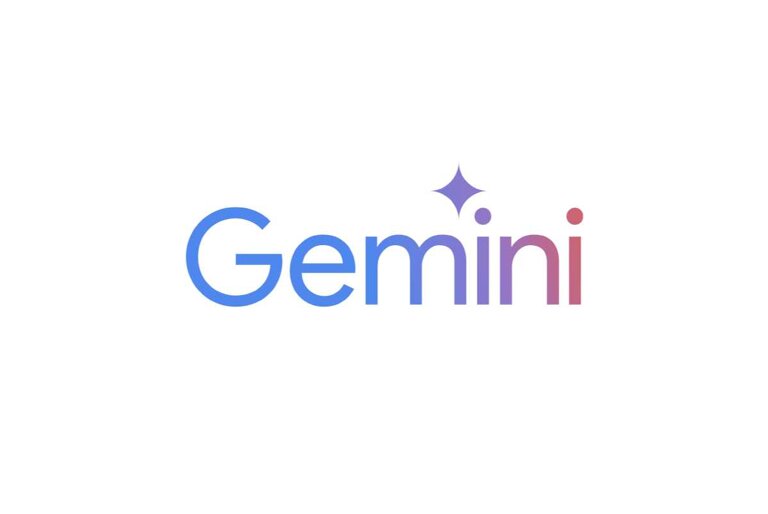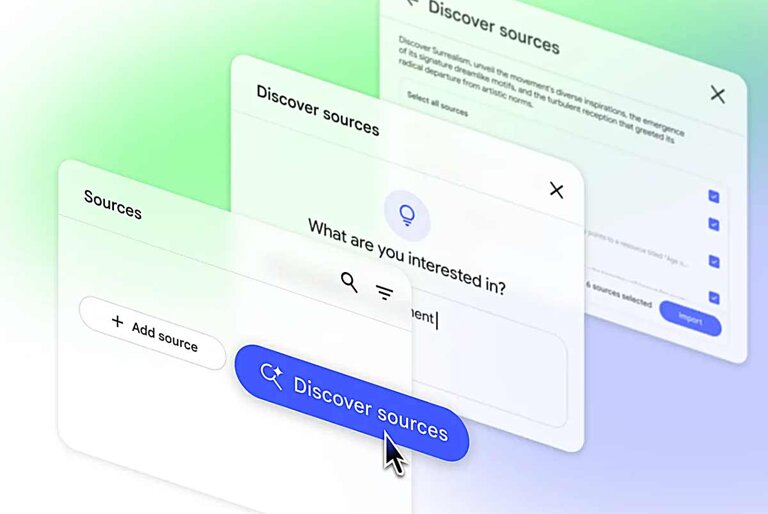TL;DR: YouTube’s Volatile View Rate measures how many views come from content that violates its policies.
YouTube has introduced Violative View Rate (VVR), a new metric measuring how much of the views on the platform come from content violating its policies as part of its ongoing efforts to improve transparency and accountability.

“Our ongoing goal is for the YouTube community to thrive as we continue to live up to our responsibility. The Community Guidelines Enforcement Report documents the clear progress made since 2017, but we also recognize our work isn’t done. It’s critical that our teams continually review and update our policies, work with experts, and remain transparent about the improvements in our enforcement work,” said Jennifer O’Connor, PM Director, Trust & Safety at YouTube. “We’re committed to these changes because they are good for our viewers, and good for our business—violative content has no place on YouTube. We invest significantly in keeping it off, and the VVR holds us accountable and helps us better understand the progress we’ve made in protecting people from harmful content on YouTube.”
The new metric will be included and updated in YouTube’s quarterly Community Guidelines Enforcement report that outlines how many content and accounts violating YouTube’s Community Guidelines have been removed. This also helps in contextualizing how the platform is furthering its responsibility efforts.
Since the report’s launch in 2018, YouTube has removed over 83 million videos and 7 billion comments violating Community Guidelines. The report has also been tracking the impact of the platform’s deep investment in machine learning technology — they are now able to detect 94% of all violative content on YouTube via automated flagging, 75% of which are removed before even receiving 10 views.
The Violative View Rate is calculated by taking a sample of videos on YouTube and sending them to content reviewers who tell which videos violate its policies and which don’t. The sampling method allows YouTube to have a more comprehensive view of violative content that may not be caught by its systems. To date, YouTube has about 20,000 people working on its responsibility efforts.
ALSO READ: Google to use privacy-preserving APIs to prevent individual tracking
“VVR data gives critical context around how we’re protecting our community. Other metrics, like the turnaround time to remove a violative video, are important. The VVR is the best way for us to understand how harmful content impacts viewers, and to identify where we need to make improvements,” O’Connor said.
YouTube has been tracking the VVR since 2017 and as it expanded its investment in both people and technology, the rate has fallen by over 70%. The most recent VVR is at 0.16%-0.18% which means that out of every 10,000 views on YouTube, 16-18 come from violative content.
O’Connor also noted that the VVR will fluctuate — both up and down — depending on the updates on policies.
“You might see this number temporarily go up as our systems ramp-up to catch content that is newly classified as violative,” she explained.
To know more about YouTube’s Community Guidelines and to access the most recent Community Guidelines report, visit this link.
Main Image from Unsplash.com








